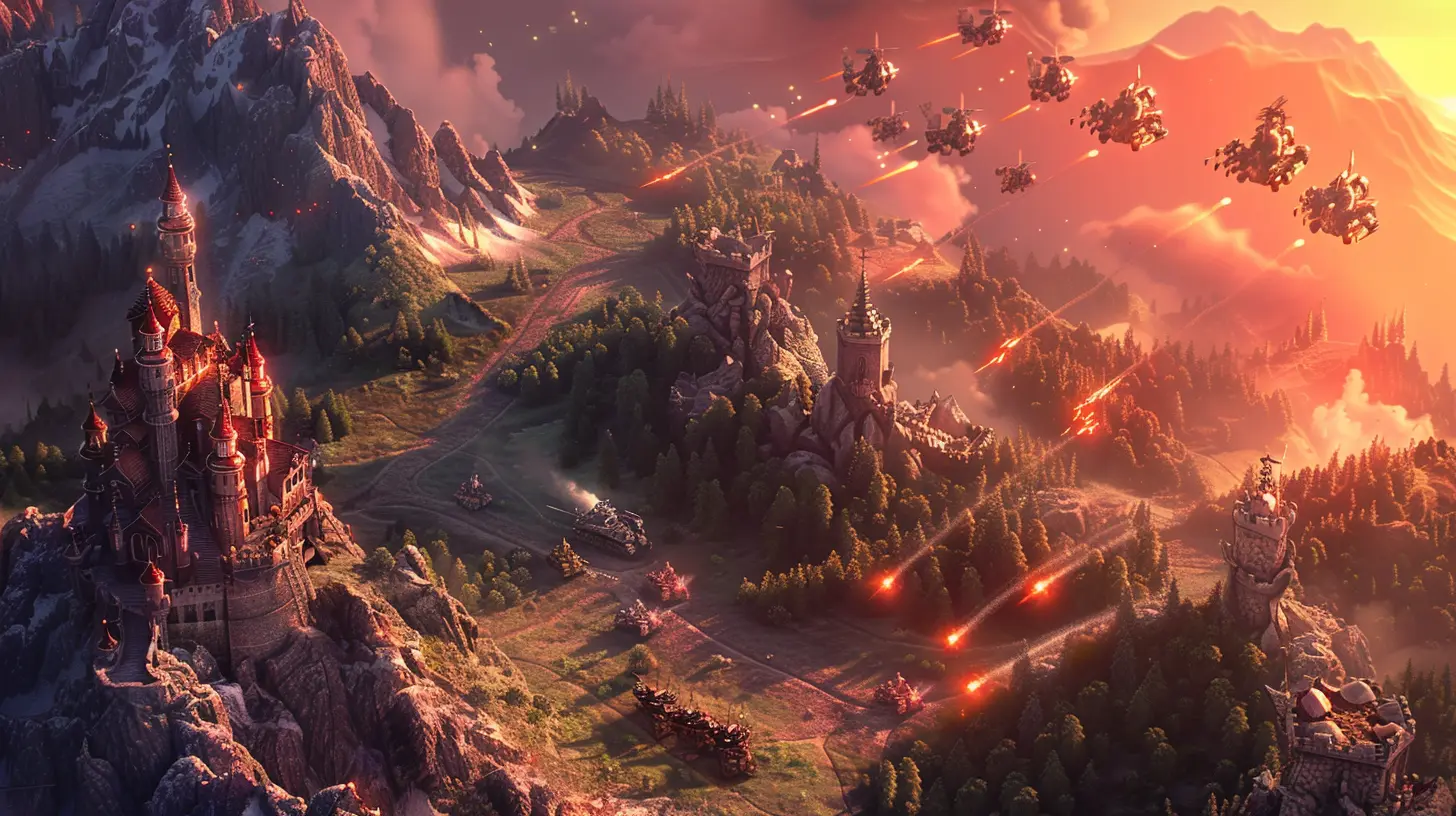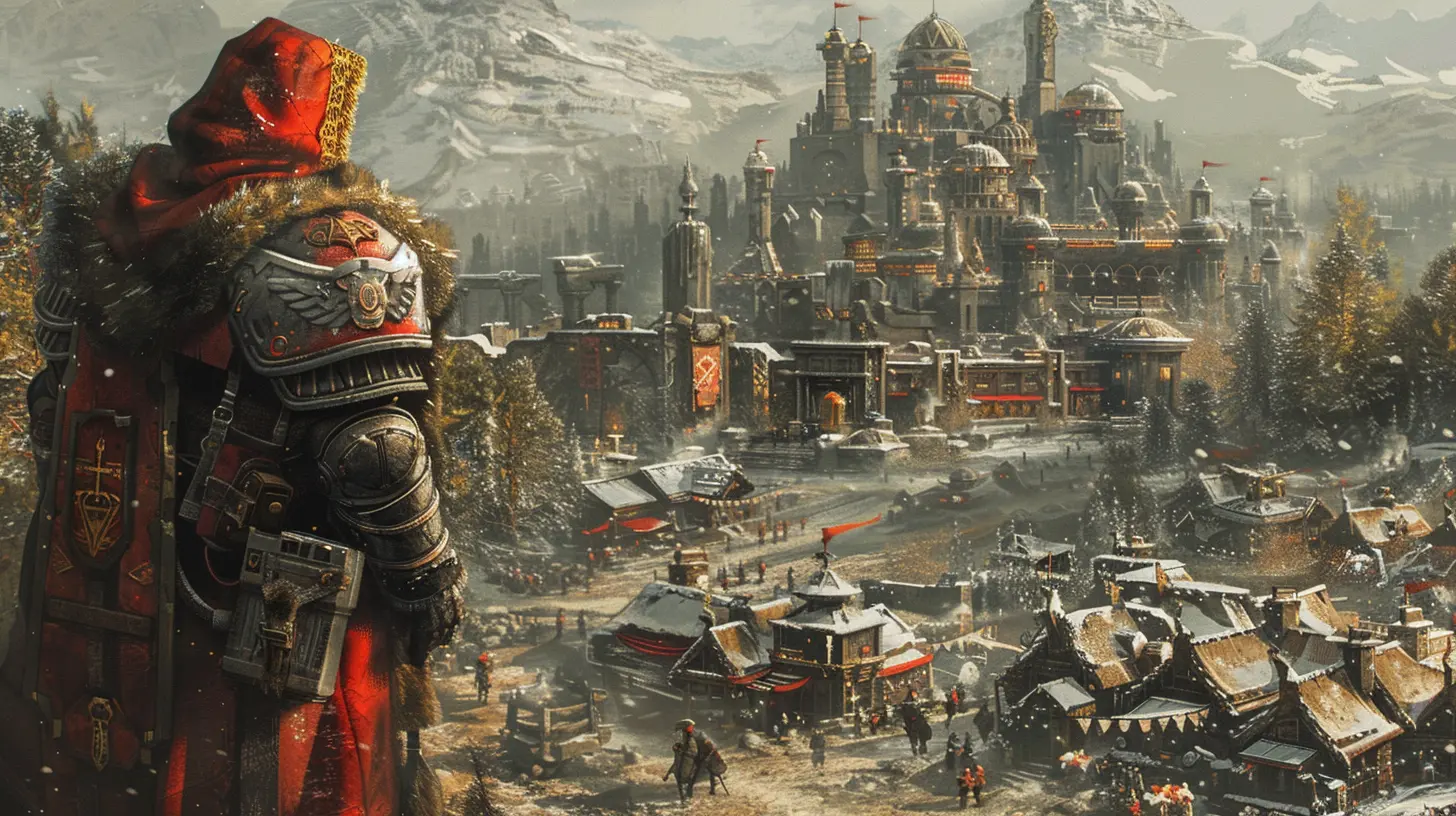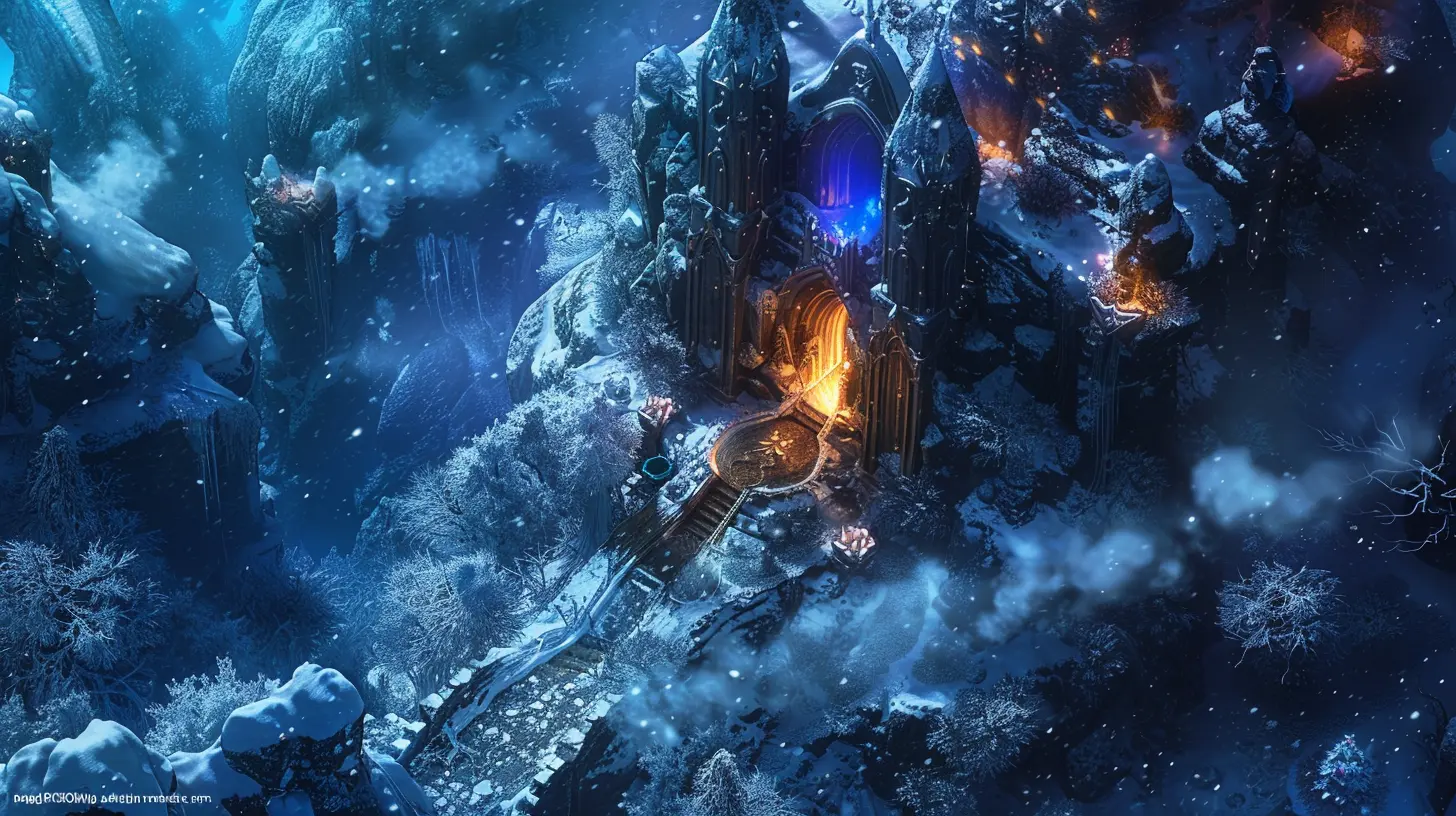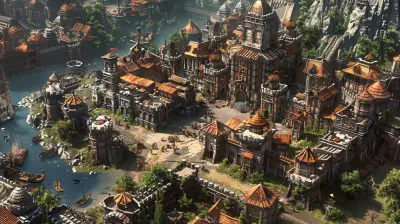Understanding Unit Compositions in Real-Time Strategy
22 July 2025
Ah, real-time strategy (RTS) games—where your multitasking skills are tested, your patience stretched thinner than your last paycheck, and unit compositions are the difference between glorious victory and rage-quitting with flair. If you’ve ever sent a dozen tanks into battle only to see them vaporized by a small group of zippy rocket guys, congrats! You’ve experienced the heartbreak of a bad unit composition. Welcome to the club, we meet on Tuesdays.
But let’s cut to the chase. We're diving deep (and I mean Mariana Trench deep) into the world of unit compositions in real-time strategy games. Whether you're a casual weekend commander or someone who dreams in APM (Actions Per Minute), you need to know how your adorable tiny soldiers interact, support, and occasionally betray each other on the battlefield.
So, buckle up, general. It's time to make sense of the beautiful chaos that is RTS combat.
What the Heck Is a Unit Composition, Anyway?
Let’s clarify the million-dollar question: what is a unit composition? No, it’s not some fancy orchestral arrangement of your tanks humming Beethoven. Simply put, unit composition is the strategic mix of units you create to handle various threats and press your advantages.Think of it like a pizza (yes, I’m serious). You don’t load it up with only pepperoni (unless you're an agent of chaos). You need the right mix—cheese, sauce, crust, maybe some mushrooms if you’re feeling fancy. In RTS, a good unit comp is your delicious war pizza. Too much of one topping (say, heavy armor) and you’re vulnerable. A balanced mix? Chef’s kiss.
Rock-Paper-Scissors, but With Lasers
You remember that elementary school game? Rock crushes scissors, scissors cut paper, and paper... smothers rock to death? (Don’t think too hard about that one.)RTS games work in a very similar triangle of doom. Let’s break it down in painfully familiar terms:
1. Infantry Units
These guys are the foot soldiers. Basic, numerous, and often cannon fodder. They’re cheap, fast, and sometimes surprisingly effective—until your opponent counters them with, say, flamethrowers or heavy armor. (RIP, Private Jenkins.)2. Vehicles and Tanks
Enter the big boys. Great for flattening infantry, soaking up damage, and looking intimidating. But they’re often slow and vulnerable to… you guessed it—air units or anti-armor specialists.3. Air Units
They fly, they harass, they swoop in, ruin your economy, and leave before your slow-moving troops can so much as aim. But a few solid anti-aircraft units, and suddenly they’re plummeting like lawn darts.It’s all about counters. Every unit shines in a certain situation and flops in others. The key is to recognize where your current composition falls on the triangle... and where the enemy is trying to sit.
The Golden Rule: Adapt or Get Steamrolled
Oh, you built a single, perfect unit composition? Cute. RTS games are not turn-based chess matches; they’re messy, fast, ever-changing brawls. That amazing composition you used in Minute 5? Utterly useless by Minute 15 if you haven’t adapted.Your opponent switched to air units? Better pump out those missile turrets like they’re going out of style. Enemy going full mech? Time to sprinkle in some armor-piercing units.
The point? Unit composition is not set-and-forget. It's a living, breathing organism that needs constant tweaking like your favorite houseplant. Ignore it, and it’ll die. Violently.
The Art of Synergy (No, It’s Not Just a Buzzword)
Ever seen a unit combo so beautiful it made you weep a little? (Cough Marines and Medics cough) That’s what we call synergy, baby.Synergy means your units aren't just coexisting; they’re working together like peanut butter and jelly—or Batman and Robin. For example:
- Pairing tanks with scouts lets you pick engagements on your terms.
- Combining infantry with healers keeps the front line standing longer.
- Using air support to soften up a base before sending in ground troops? Chef’s kiss times two.
Synergy isn’t just about raw power—it’s about coordination. Like a well-rehearsed dance, but with explosions.
Scouting: Your Eyes and Ears (and Your Excuse When Things Go Wrong)
This might sound crazy, but knowing what your opponent is doing is... helpful. Who knew?Scouting is what separates the decent players from the “how did they know I was massing aircraft!?” crowd. Without intel, your composition is basically a shot in the dark. You might build anti-infantry units only to realize your enemy went full air force. That’s like bringing a knife to a dogfight.
Smart players scout early and often. They adjust their unit mix based on what they see. Spotted a bunch of barracks? Prepare for infantry. See airfields? Time to bring the missiles.
Yes, scouting takes effort. No, it's not optional. Would you drive blindfolded? (If yes, we have bigger issues.)
Timing Matters More Than You Think
You can have the perfect unit composition, but if you hit the enemy too early or too late? Womp womp.Let’s say you’re building towards a late-game mega army. Sounds great. But if your opponent rushes you with a lean, mean force before you've finished teching up, you’re toast. And not the good kind—more like burnt-toast-left-in-the-rain toast.
Unit comps have windows of opportunity. Early-game comps rely on speed and aggression. Mid-game comps are about flexibility and adaptation. Late-game comps are your deathball armies, brimming with high-tier units that devour lesser squads for breakfast.
Pick the right comp for the time. Don’t show up to a gunfight with a blueprint.
Common Unit Composition Archetypes
Now let’s throw some names at you, because no article is complete without buzzwords.1. Deathball
Everyone’s favorite! Stack every high-tier unit into a terrifying, rolling mass of destruction. Great if you want to brute-force your opponent. Bad if the enemy has AoE (area of effect) weapons. One well-placed nuke, and your ball of doom becomes a splatter of disappointment.2. Harass Squad
Fast, nimble units designed to poke at the enemy’s economy and retreat before getting squashed. You’re not trying to win battles—just be an annoying mosquito that sucks all their resources and sanity.3. Tech Rush
A risky strategy where you go straight for advanced units, skipping early-game stability. High risk, high reward. If it works, you feel like a genius. If it doesn’t, you get steamrolled by players who remembered that step one is, y'know, surviving.4. Balanced Core
A little bit of everything, kept flexible for any situation. Masters of none, but rarely caught with their pants down. This is the Swiss Army knife of comps.Mistakes? Oh, We’ve All Been There
Let’s laugh (or cry) at some common unit comp blunders:- Massing one unit type. Yeah, ten tanks look cool—until they all get melted by a few bombers.
- Neglecting anti-air. Because apparently flying units don't exist until they DO and then it’s too late.
- Forgetting support units. A tank is ten times more effective with a mechanic fixing it. Don't ignore the unsung heroes.
- Not replacing units. Lost half your army? Better rebuild instead of staring blankly while your base evaporates.
RTS games are about reacting just as much as planning. A good player adapts. A great player preempts. A bad player… crashes into the same defense line over and over like a moth to a lava lamp.
Practical Tips to Level Up Your Unit Compositions
Okay, you've laughed, you've probably cried, and now you're asking, “How do I actually get good at this?” Here’s your cheat sheet:1. Study the Meta: Watch replays, pro matches, or shouty YouTubers who explain why your comp is trash.
2. Know Unit Roles: Are they front-liners, support, gankers, or glass cannons? Use them accordingly. Don’t send your medics to the front lines unless you're roleplaying bad management.
3. Hotkeys Are Life: Build and control faster. If you’re still clicking icons like it’s 2003, please stop.
4. Practice Micro and Macro: Unit comps are awesome—but only if you know how to control and produce them efficiently.
5. Expect the Unexpected: Always have a backup plan. Or at least a good excuse for your inevitable collapse.
Conclusion: Get Composed Before You Get Composted
Understanding unit compositions in real-time strategy isn’t just about throwing stuff at the wall and seeing what explodes (though that’s fun too). It’s about planning, adapting, and sometimes pulling genius strategies out of your metaphorical hat.With the right composition, you can punch above your weight class. Without it? You’re basically sending sheep into a wolf convention.
So next time you fire up an RTS, take a minute. Think about your composition. Mix it up. Add spice. Counter what you see. And above all—don’t be that guy sending infantry into flamethrowers for the fifth time in a row. We’re begging you.
Good luck, commander. Now go compose some chaos.
all images in this post were generated using AI tools
Category:
Real Time StrategyAuthor:

Pascal Jennings
Discussion
rate this article
1 comments
Rachel Hudson
Mastering unit compositions is essential for success in real-time strategy games. A balanced mix of offensive and defensive units, tailored to counter your opponent's strategy, can be the game-changer. Don’t underestimate the power of synergy—understanding how units interact elevates gameplay and secures victory. Strategy is everything!
July 31, 2025 at 2:42 AM

Pascal Jennings
Absolutely! Mastering unit compositions and their synergies is crucial for outsmarting opponents and securing victory in real-time strategy games. Your insights highlight the core of strategic gameplay.


